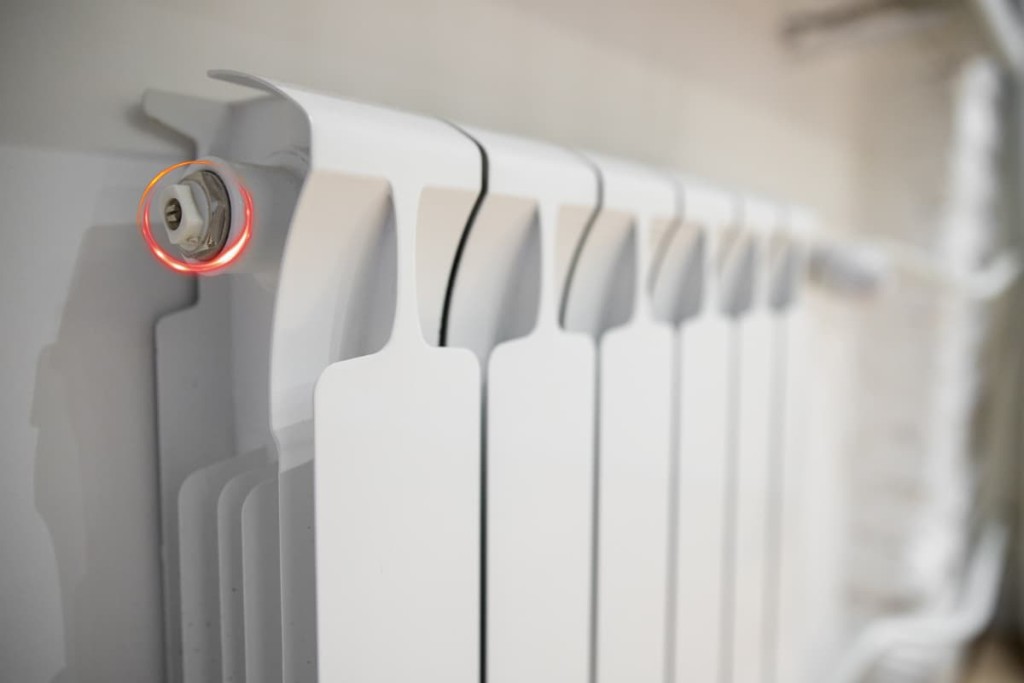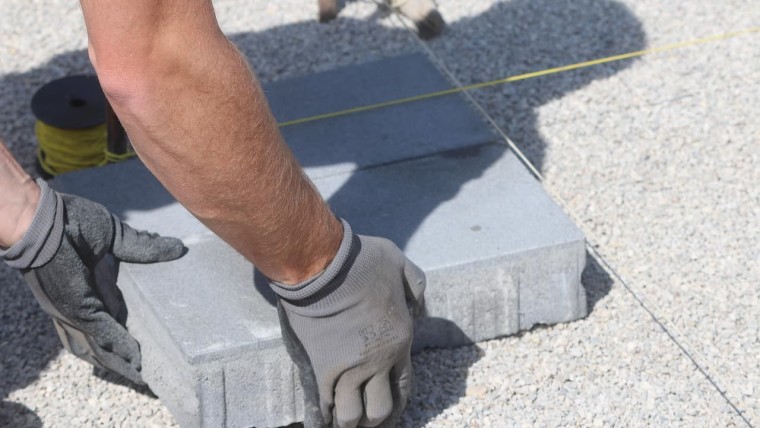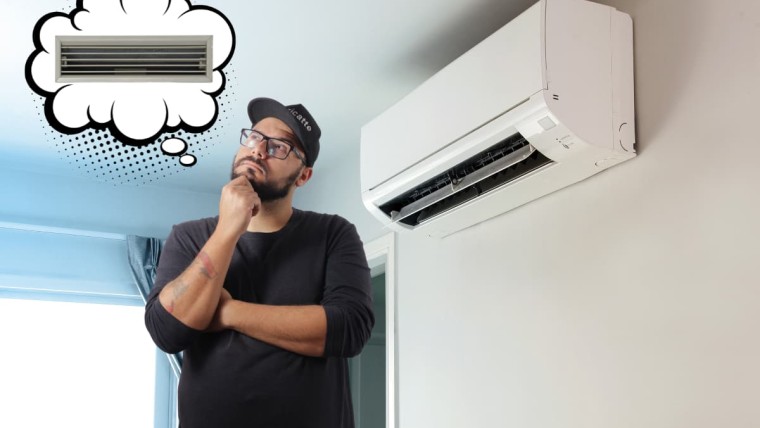You've got a bit of air in your system, some disturbing noises, and you'd like to bleed your radiators? But do you have to switch off the boiler first, or can you simply purge in the middle of winter, for example, while the system is running?
Radiator purging is carried out with the boiler off, to ensure safety, efficiency and precision.
In the following lines, we'll look in more detail at why it's best to bleed your radiators by first switching off the boiler.
Why bleed radiators with the boiler off?
There are 3 reasons why you need to bleed your radiators before turning off your boiler:
- Safety This is because very hot water (60 or 80°C) or steam can escape from the bleed screw, causing burns if it touches your skin. Given that the system is often pressurized to between 1 and 2 bars, it's best to switch off the boiler when working on a network at atmospheric pressure.
- Efficiency When the boiler is switched off, the hot water circulation stops, making it easier to detect whether all the air has been evacuated from the system. Indeed, the circulation of hot water can mask the presence of residual air in the system.
- Precision When the boiler is switched off, the pressure in the radiator is more stable, allowing air to escape more completely. If pressure fluctuates during purging, this can prevent trapped air from escaping, creating cold spots and reducing heating efficiency even after purging.
What happens if I bleed my radiators while the boiler is on?
For adventurers who want to risk wild purging for lack of time or motivation, you're exposing yourself to a few risks.
Quite apart from the risk of severe and persistent burns caused by ultra-hot water landing on your fingers, the main risk remains that of putting your sword in the water.
In fact, if you have experienced a lack of heating efficiency, and you bleed the radiators while they are running, you may not be able to evacuate all the air from the network.
Of course, your purge won't be totally ineffective, but if a few cold spots remain, comfort will suffer and you may have to purge again, this time with the boiler off, a few weeks later.
Now that you've turned off the boiler, how do you go about bleeding your radiator?
How do I bleed a radiator?
To do this, you will need :
- A bleed wrench or small screwdriver (depending on the type of radiator bleed)
- A small jar or cloth to catch any water (warm or cold) that escapes.
Here are the steps to follow:
- Switch off the boiler
- Wait until your radiators have cooled down sufficiently before taking action.
- Locate radiator bleed screw

- Place the container under the bleed screw
- Unscrew slowly counter-clockwise (1/4 turn) until you hear the hiss of escaping air.
- Wait for a few drops of water to escape.
- When all that's left is water, close the valve firmly, without using excessive force.
- Check the system pressure at the boiler, around 1 or 1.5 bar with the system off.
- Restart the boiler

Julien G.
Julien, diplômé en ingénierie mécanique et spécialiste en génie climatique depuis 2009, s'est reconverti en rédacteur spécialisé en énergies renouvelables, avec une expertise en pompes à chaleur et panneaux solaires photovoltaïques pour l'habitat individuel.






